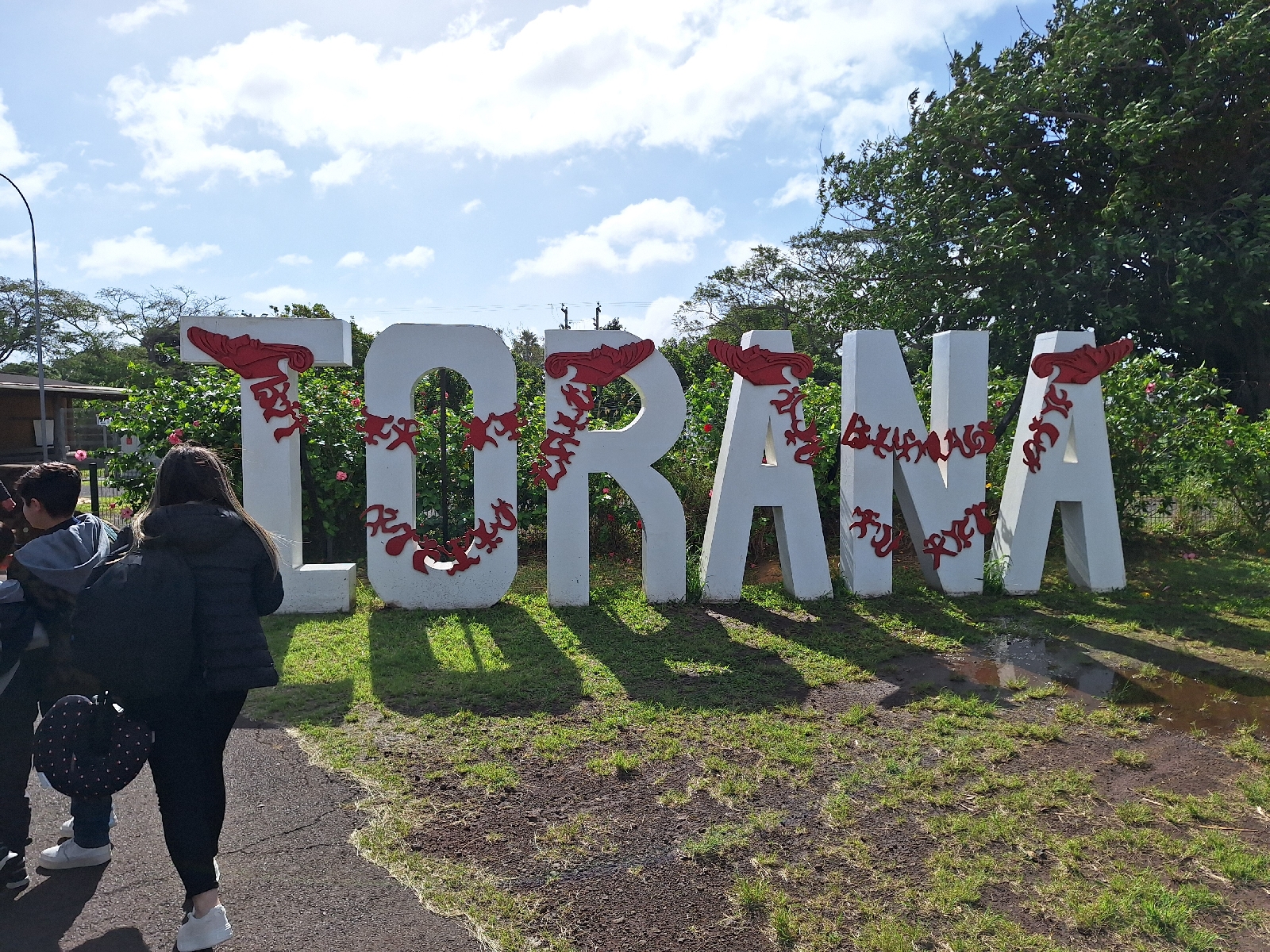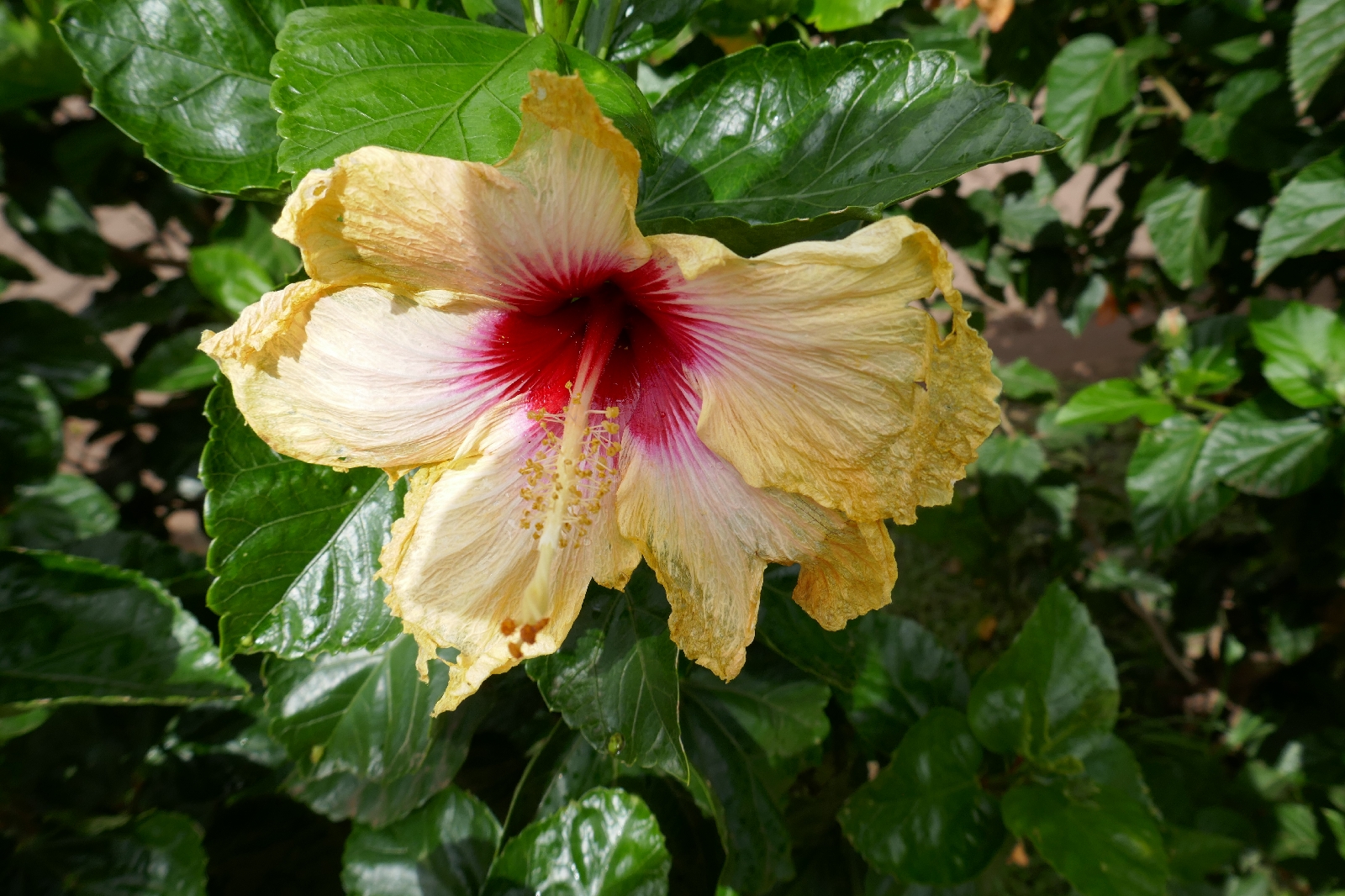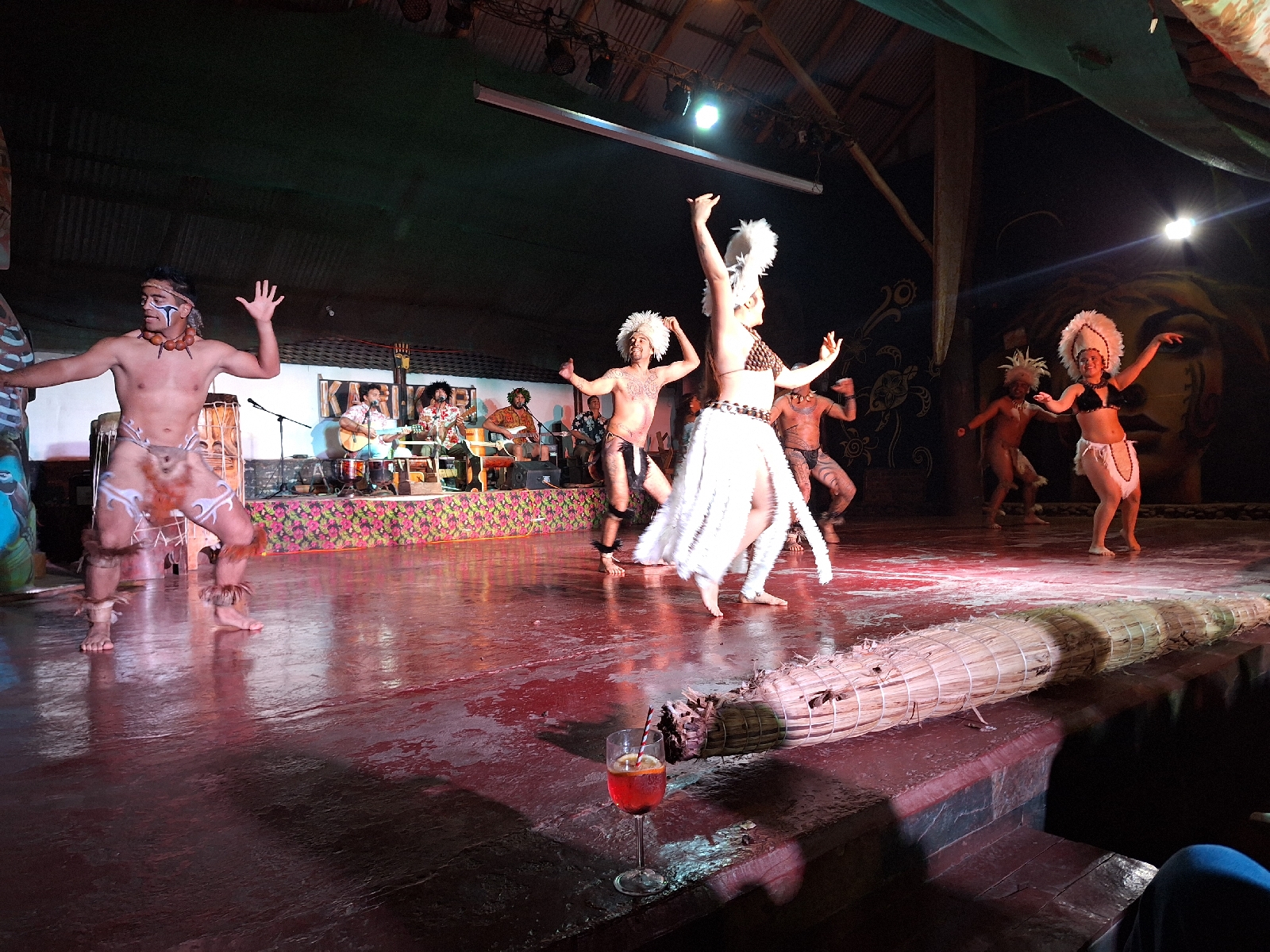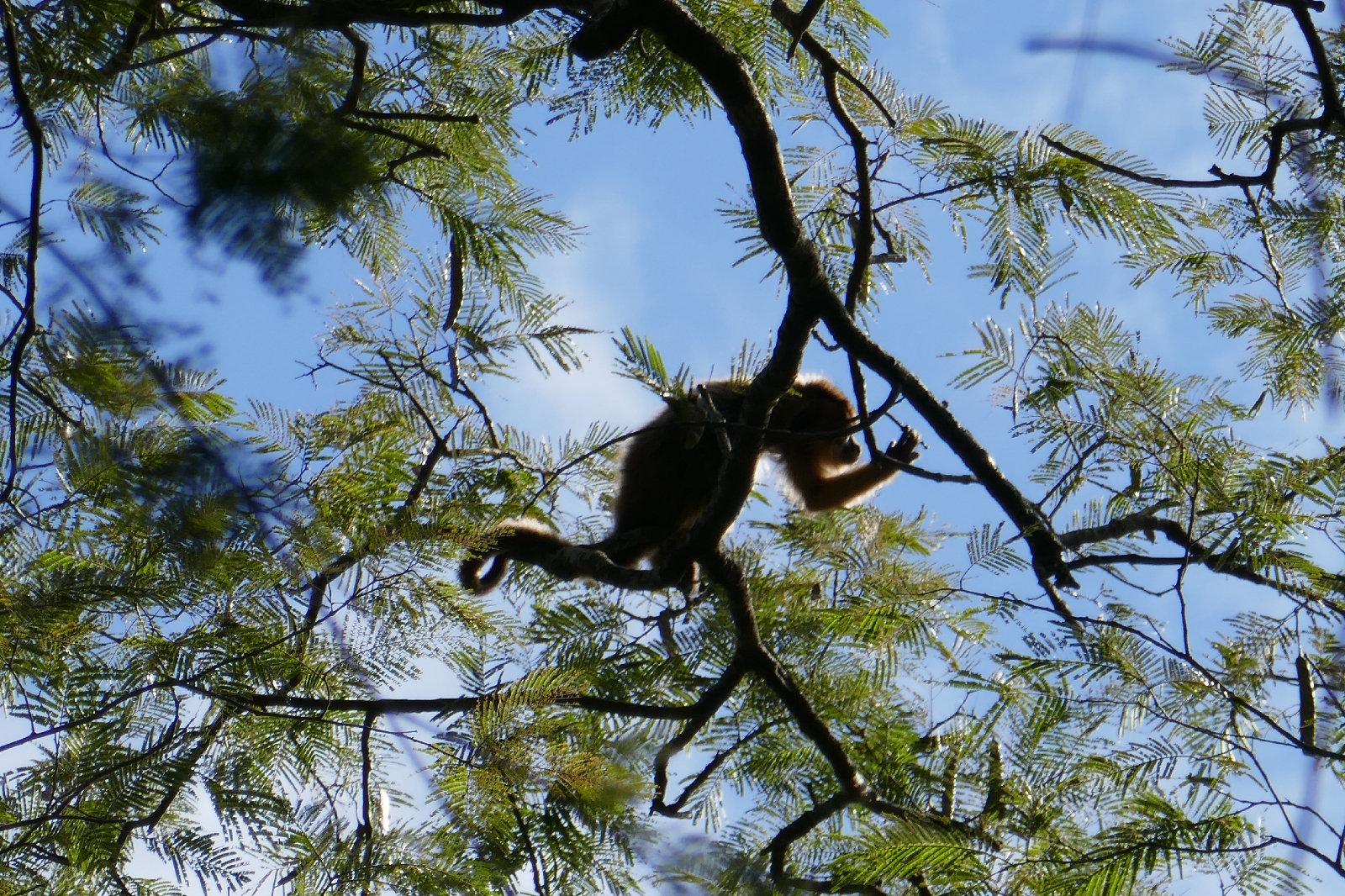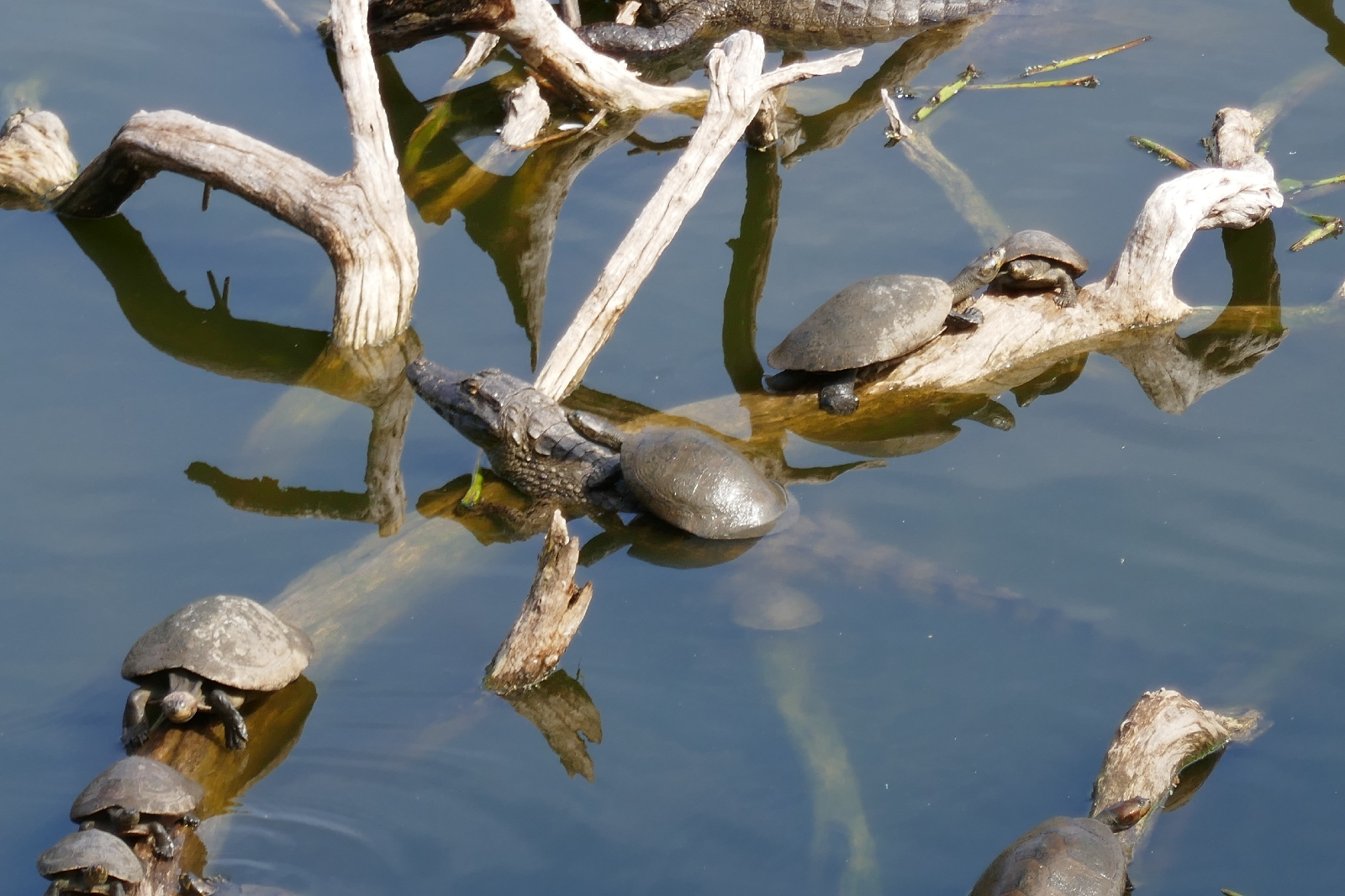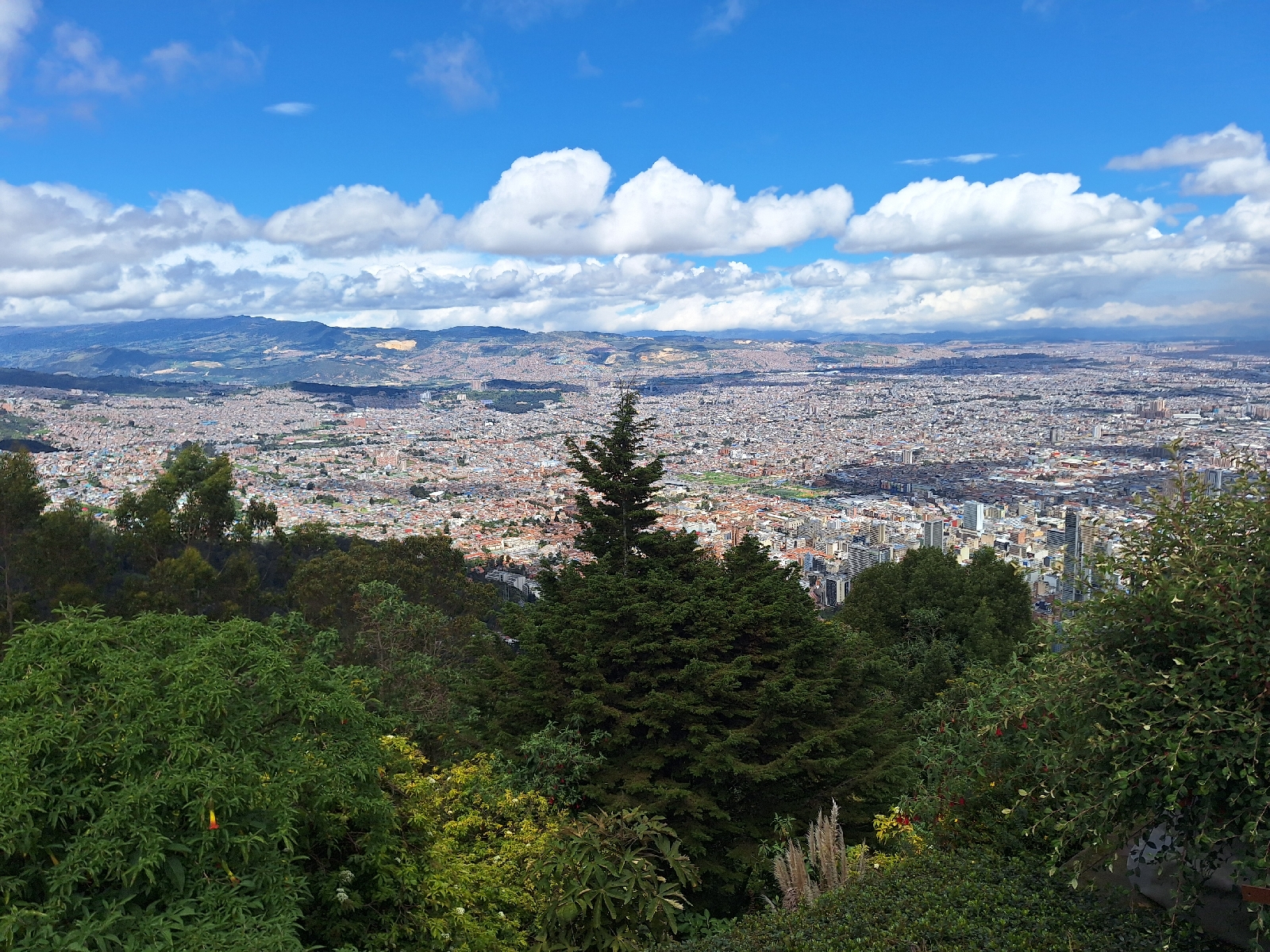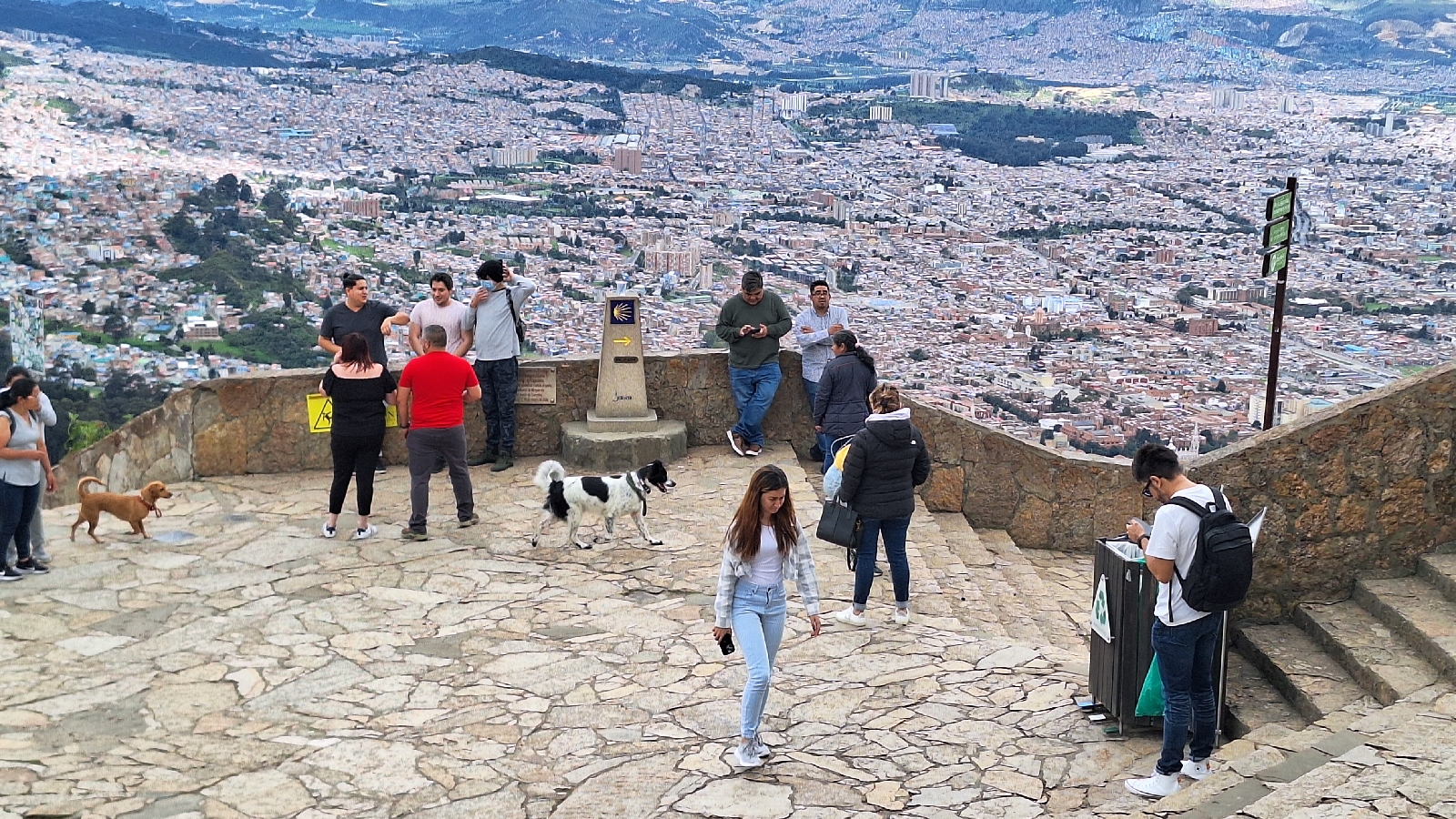The aurport at Rapa Nui (1) is the most remote airport on the world (2) (3). Upon boarding at Santiago, a man greeted the crew with good morning in Russian (добре утра). He saw my sneakers and top and asked if I were going to run the island's marathon on Sunday. The flight was uneventful as the plane scooted around some storms en route. Disembarking, I was greeted with a flower lei by someone from the hotel, a short walk away.
Plan A involved a sunset paddle today, and a visit with the kayak guide to plan a paddle tomorrow. The weather did not cooperate; the sea was roiling with a passing storm, with winds gusting to 50 MPH, and thunder storms (4). Upon enquiring about tomorrow, the kayak guy told me he was repairing his seafront house, which had been damaged in the storm.The wind forecast called for sustained wind between 25 and 35 MPH all weekend; good time to explore the land.
Going to rent a bike, the sky opened up; locals were taking pictures of the torrent flowing down the streets; I skipped the bike. Walking along the sea front of Hanga Roa, the island's only town, spume was spraying off the waves. Metal roofs were flapping in the wind, and dining canopies were shredded.
This evening's entertainment was the Kari-Kari ballet cultural, featuring live music and Rapanui dancing in traditional dress. Wind and heavy rain pounding on the metal roof added to the atmosphere (5).
(1) Known in English as Easter Island (Isla de la Pasqua in Spanish) because Dutch Admiral Jacob Roggeveen stumbled upon the Island on Easter Day in 1722.
(2) At 2,336 miles from the airport at Santiago, Chile (a). Chilean aviation regulations do not permit planes to be more than halfway to the island if another plane with the island as the destination (or alternative destination) has not already landed, just in case. At this time of year, there is only one daily flight. In the Austral summer, the (up to) three daily flights need to be spaced out to comply.
(a) The nearest inhabited land (no airport) is Pitcairn Island, 1,135 miles away. Most of Pitcairn's 67 inhabitants descend from Fletcher Christain, mutineer on the Bounty (i).
(i) After the mutiny, The Bounty's Captain Bligh, with 18 loyal crew members, navigated over 4,000 miles across the Pacific to the Dutch East Indies (known as Indonesia today) in an 23 foot open boat. They had a compass, but no nautical charts on their 47 day journey.
(3) The US NASA space agency funded a runway lengthening as an emergency landing spot for the space shuttle.
(4) I would call it a gale; they referred to the storm as a cyclone. In the southern hemisphere, storms rotate clockwise, so the storm winds were from the southwest.
(5) Thankfully, the rain stopped before the end of the show. My hotel was about a mile outside of town and it would have been a long walk in the rain.

